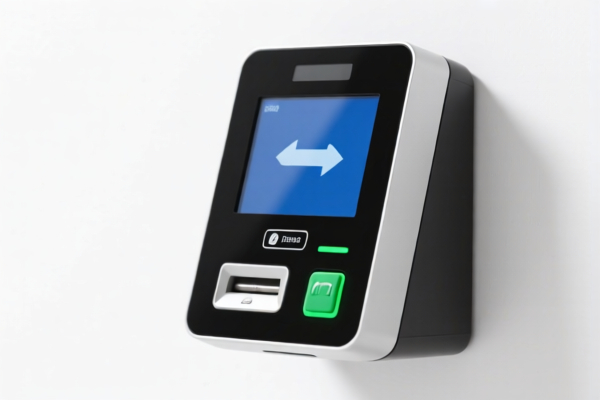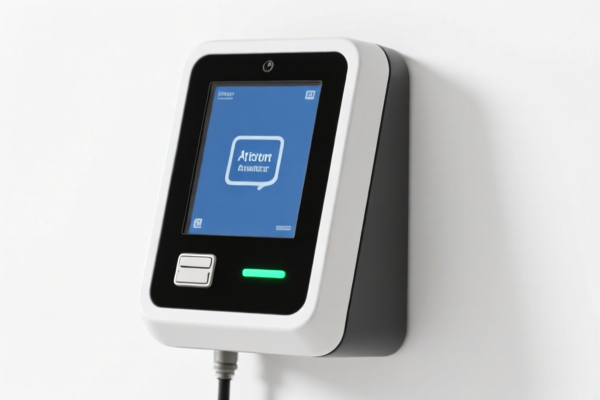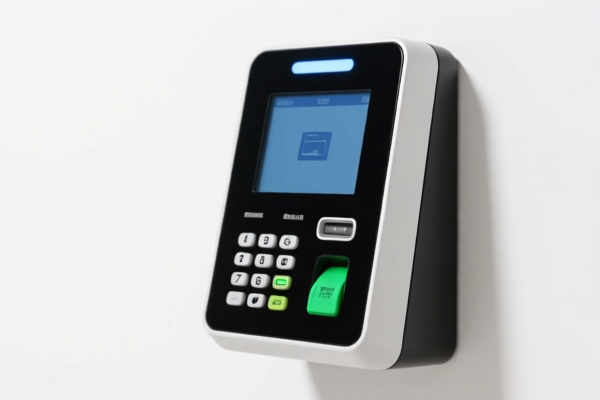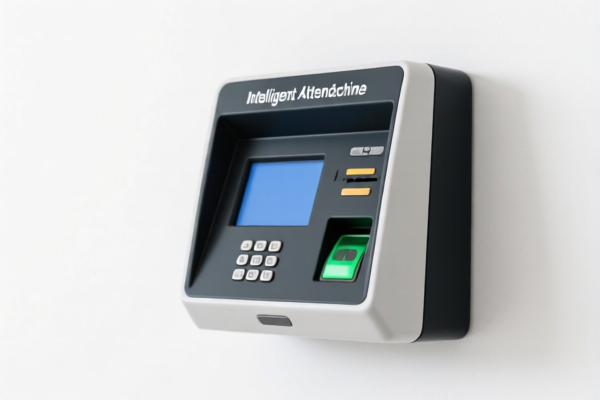| HS Code | Official Doc | Tariff Rate | Origin | Destination | Effective Date |
|---|---|---|---|---|---|
| 8473408600 | Doc | 55.0% | CN | US | 2025-05-12 |
| 8473509000 | Doc | 55.0% | CN | US | 2025-05-12 |
| 8423810010 | Doc | 55.0% | CN | US | 2025-05-12 |
| 8423810030 | Doc | 55.0% | CN | US | 2025-05-12 |
| 9026802000 | Doc | 55.0% | CN | US | 2025-05-12 |
| 9032896085 | Doc | 56.7% | CN | US | 2025-05-12 |
| 9032896075 | Doc | 56.7% | CN | US | 2025-05-12 |
| 9031808085 | Doc | 30.0% | CN | US | 2025-05-12 |
| 9031808070 | Doc | 30.0% | CN | US | 2025-05-12 |




Attendance Machine
An attendance machine is a device used to accurately record when employees arrive and depart from a workplace, and the time of their arrivals and departures. These machines are integral to time and attendance management, payroll processing, and workforce analytics.
Materials & Technology
Historically, attendance machines utilized mechanical components. Modern machines employ a variety of technologies:
- Mechanical: Older models used time cards inserted into a clock mechanism, imprinting the time onto the card.
- Magnetic Stripe/Barcode: These require employees to swipe a card through a reader.
- Proximity Card/RFID: Utilize radio-frequency identification for contactless reading.
- Biometric: Increasingly common, these use unique biological traits for identification:
- Fingerprint Scanning: Most prevalent biometric method, capturing and storing fingerprint data.
- Facial Recognition: Uses cameras and algorithms to identify employees based on facial features.
- Hand Geometry: Measures the shape and size of the hand.
- Vein Scanning: Uses infrared light to map vein patterns in the hand or finger.
- PIN-Based Systems: Require employees to enter a unique code.
- Mobile/Web-Based: Utilize smartphone apps or web interfaces for clocking in/out, often with GPS verification.
Purpose & Function
The primary purposes of an attendance machine are:
- Accurate Time Tracking: Eliminate manual timekeeping errors and "buddy punching" (employees clocking in/out for each other).
- Payroll Accuracy: Provide precise data for calculating wages, overtime, and deductions.
- Labor Cost Control: Monitor employee work hours and identify potential cost overruns.
- Compliance: Maintain records required for labor laws and regulations.
- Workforce Management: Provide data for scheduling, absenteeism tracking, and productivity analysis.
Usage Scenarios
Attendance machines are used in a wide range of industries and workplace settings:
- Manufacturing: Tracking shop floor employee time.
- Retail: Monitoring employee hours in stores.
- Healthcare: Tracking shifts for nurses, doctors, and other medical staff.
- Construction: Tracking employee time on job sites.
- Service Industries: Monitoring employee hours in restaurants, hotels, and other service businesses.
- Corporate Offices: Tracking employee attendance for salaried and hourly workers.
- Government Agencies: Maintaining accurate records of employee work hours.
Common Types
- Time Clocks: Traditional machines using time cards or magnetic stripe/barcode cards.
- Biometric Time Clocks: Utilize fingerprint, facial recognition, or other biometric methods.
- Networked Time Clocks: Connect to a central server for data management and reporting.
- Cloud-Based Time Tracking Systems: Data is stored and managed in the cloud, accessible from any device with an internet connection.
- Mobile Time Tracking Apps: Allow employees to clock in/out using their smartphones.
- Web-Based Time Tracking Software: Accessed through a web browser, offering features like scheduling and reporting.
Attendance machines can be categorized based on their function as weighing machinery, measuring instruments, or automatic regulating/controlling instruments. Here are relevant HS codes based on the provided information:
- 8423810010: Weighing machinery (excluding balances of a sensitivity of 5 cg or better), including weight-operated counting or checking machines; weighing machine weights of all kinds; parts of weighing machinery: Other weighing machinery: Having a maximum weighing capacity not exceeding 30 kg Digital electronic type: Counting scales. This code applies if the attendance machine functions as a counting scale to record attendance based on weight or count.
- 8423810030: Weighing machinery (excluding balances of a sensitivity of 5 cg or better), including weight-operated counting or checking machines; weighing machine weights of all kinds; parts of weighing machinery: Other weighing machinery: Having a maximum weighing capacity not exceeding 30 kg Digital electronic type: Retail scales, computing. This code is applicable if the attendance machine operates as a retail scale with computing functions for attendance tracking.
- 9032896085: Automatic regulating or controlling instruments and apparatus; parts and accessories thereof: Other instruments and apparatus: Other: Other. This code may be relevant if the attendance machine functions as an automatic control instrument for regulating access or timekeeping.
- 9032896075: Automatic regulating or controlling instruments and apparatus; parts and accessories thereof: Other instruments and apparatus: Other: Process control instruments and apparatus: Other: Other. If the attendance machine is part of a larger process control system for managing employee time and attendance, this code could apply.
Important Note: HS code 9032896085 and 9032896075 have a base tariff of 1.7% in addition to the 25% or 30% add-on tariff.
Suggestion: When declaring attendance machines under HS code 9032896085 or 9032896075, it is important to verify the specific function of the instrument and whether it qualifies as a process control instrument.
Customer Reviews
No reviews yet.